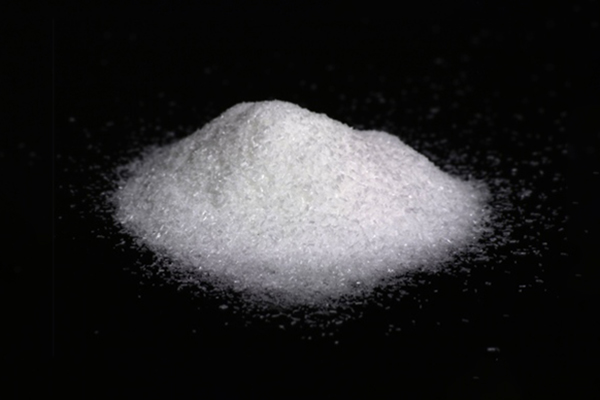Delving into the Hazards of Tetrapotassium Pyrophosphate: A Toxicological Assessment
In the realm of food additives, tetrapotassium pyrophosphate (TKPP) stands as a ubiquitous ingredient, commonly used as a sequestering agent to prevent the discoloration and textural changes caused by oxidation and mineral interactions. While TKPP is generally considered safe for human consumption, it is essential to examine its potential hazards to ensure its responsible use and minimize any adverse effects.

Understanding Tetrapotassium Pyrophosphate
Tetrapotassium pyrophosphate, also known as tetrasodium pyrophosphate, is an inorganic salt with the chemical formula K4P2O7. It is a white, odorless, and water-soluble compound that is commonly used in various food applications, including meat processing, baking, and beverage production.
Potential Hazards of Tetrapotassium Pyrophosphate
Tetrapotassium pyrophosphate is generally regarded as safe for human consumption when used within established guidelines. However, excessive intake or exposure to high concentrations of TKPP may pose certain hazards:
-
Gastrointestinal Irritation: Ingestion of excessive amounts of TKPP may lead to gastrointestinal upset, including nausea, vomiting, and diarrhea.
-
Skin Irritation: Direct contact with TKPP may cause skin irritation, particularly in individuals with sensitive skin.
-
Respiratory Irritation: Inhalation of TKPP dust may irritate the respiratory tract, potentially causing coughing, wheezing, and shortness of breath.
Established Safety Standards for Tetrapotassium Pyrophosphate
To mitigate potential hazards, regulatory bodies have established acceptable daily intake (ADI) levels for TKPP. The Joint FAO/WHO Expert Committee on Food Additives (JECFA) has set an ADI of 70 mg/kg of body weight per day for TKPP. Additionally, the United States Food and Drug Administration (FDA) has classified TKPP as a “Generally Recognized as Safe” (GRAS) substance when used in accordance with good manufacturing practices.
Responsible Use of Tetrapotassium Pyrophosphate
To ensure the safe use of tetrapotassium pyrophosphate, it is crucial to adhere to established guidelines and recommendations:
-
Follow Recommended Dosage Levels: Food manufacturers should adhere to recommended dosage levels for TKPP to avoid excessive intake by consumers.
-
Implement Proper Handling and Storage Practices: Proper handling and storage practices, such as avoiding direct contact with skin and eyes, can minimize exposure to TKPP.
-
Educate Workers on Potential Hazards: Educating workers about the potential hazards of TKPP can promote safe handling practices and reduce the risk of exposure.
Conclusion
Tetrapotassium pyrophosphate is a versatile and widely used food additive, offering valuable functional properties in various food applications. While it is generally considered safe for human consumption when used within established guidelines, it is essential to be mindful of its potential hazards and implement responsible use practices to minimize any adverse effects. By adhering to safety standards and educating workers about potential risks, the food industry can ensure the safe and responsible use of tetrapotassium pyrophosphate for the benefit of consumers.
Post time: Nov-27-2023










